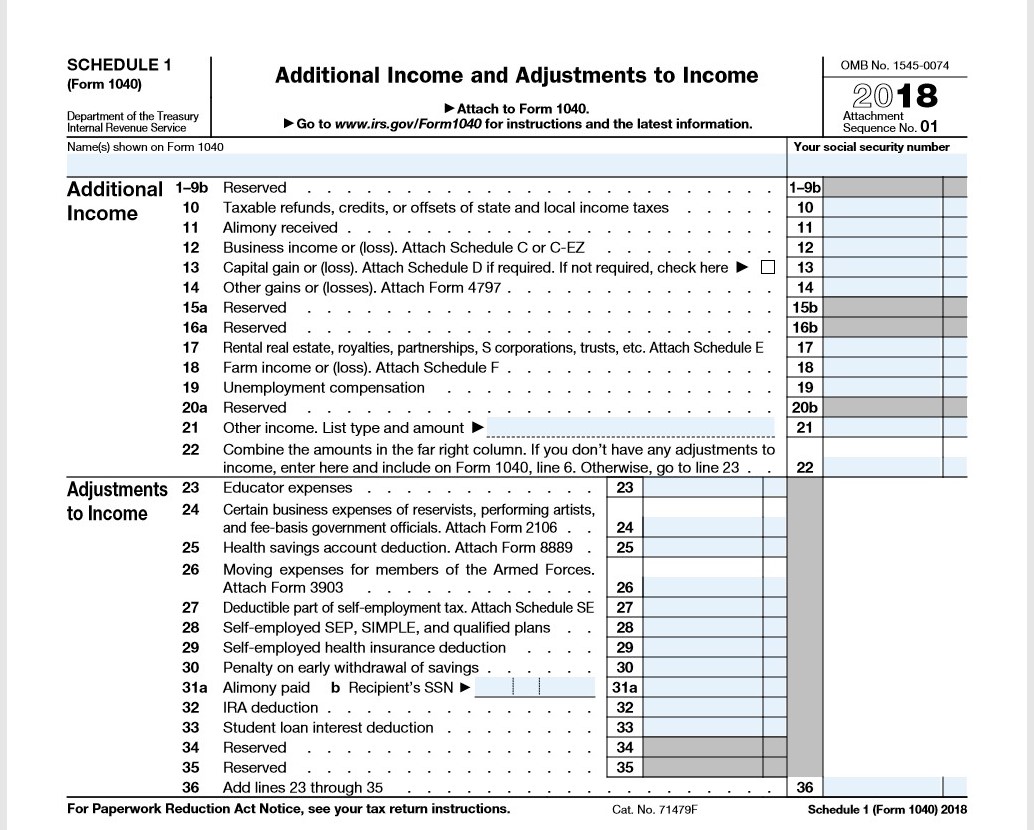TAX SERVICES UNLIMITED LLC
Welcome 2025 Tax Clients"Just Relax While I Do Your Taxes"

Get your taxes done here:
I prepare Federal, all 48 states and city/local
taxes. Open all year long. Just call the number below to set up an appointment
"Just Relax While I Do Your Taxes"
{Get Your refund in 3 ways: Prepaid MasterCard, Refund Check (printed in office) or Direct Deposit}


Are you a new business that started up in 2024? If so, you will need to file a BOI prior to 12/31/2024.

How do I know if I need to file more than the Form 1040?
The 2018 Form 1040 uses a "building block" approach so the federal tax return could be reduced to a single, simple form. Taxpayers can supplement this form with new numbered schedules, if needed. These new schedules are:
Form 1040 (Schedule 1), Additional Income and Adjustments to Income
Taxpayers use this schedule to report items such as capital gains, unemployment, compensation, prize or award money, gambling winnings or to claim deductions, such as student loan interest deduction, self-employment tax and educator expenses.
Form 1040 (Schedule 2), Tax
Taxpayers use this schedule to report amounts they owe for the Alternative Minimum Tax (AMT) or when they need to make an excess advance premium tax credit repayment.
Form 1040 (Schedule 3), Non-refundable Credits
Taxpayers use this schedule to claim a nonrefundable credit other than the child tax credit or the credit for other dependents, such as the foreign tax credit, education credits, general business credit.
Form 1040 (Schedule 4), Other Taxes
Taxpayers use this schedule to report other taxes they owe and must pay, such as self-employment tax, household employment taxes, additional tax on IRAs or other qualified retirement plans and tax-favored accounts.
Form 1040 (Schedule 5), Other Payments and Refundable Credits
Taxpayers use this schedule to claim a refundable credit other than the earned income credit, American opportunity credit, or additional child tax credit or have other payments, such as an amount paid with a request for an extension to file or excess social security tax withheld.
Form 1040 (Schedule 6), Foreign Address and Third-Party Designee
Taxpayers who have a foreign address or a third-party designee (other than a paid preparer) use this schedule to report this information.
4. Will filing the 2018 Form 1040 be different?
With nearly 90 percent of people now using tax software, the IRS expects these changes will be seamless for taxpayers who take advantage of the benefits of e-filing, and the IRS expects e-file use to continue to increase.
TAX SEASON IS HERE!
Jan 29 – Apr 15Established Since 1984

Form 1040 is used by U.S. taxpayers to file an annual income tax return. For Tax Year 2018, you will no longer use Form 1040A or Form 1040EZ, but instead will use the redesigned Form 1040 & 1040sr. Many people will only need to file Form 1040 and no schedules. However, if your return is more complicated (for example you claim certain deductions or credits, or owe additional taxes) you will need to complete one or more of the new Form 1040 Schedules. Below is a general guide to what Schedule(s) you will need to file, based on your circumstances. See the instructions for the Schedules for more information. Individuals who filed their federal tax return electronically last year may not notice any changes, as the tax return preparation software will automatically use their answers to the tax questions to complete the Form 1040 and any needed schedules.
Back of 1040 Post Card Form:


Forms of payments:
Cash, Check, Cash App, PayPal, Credit or Debit Cards and Money Orders

Hours of Operations
Sat - Wed
3:00 pm - 7:30 pm
Thurs/Fri
9:30 am - 8:00 pm
